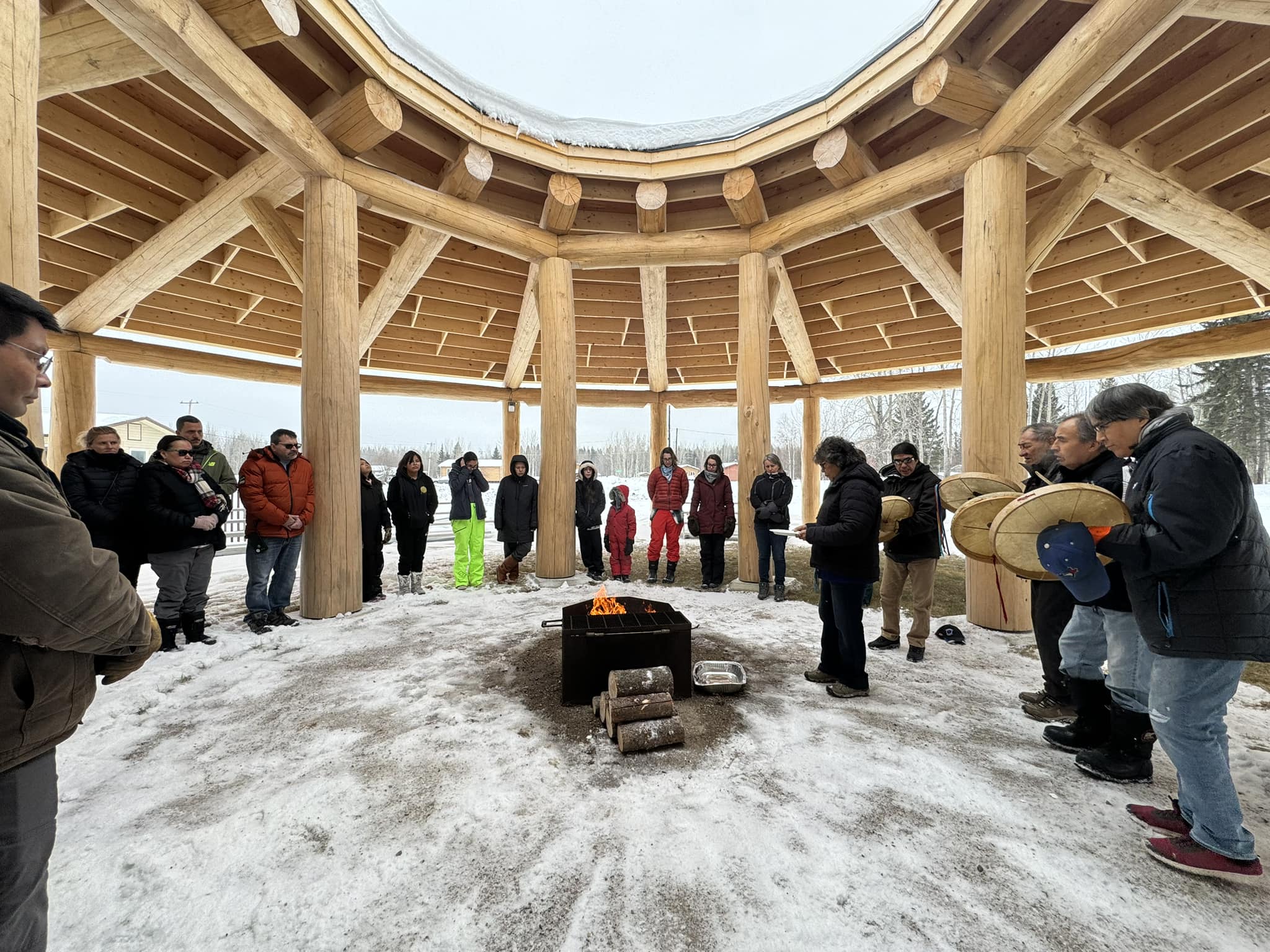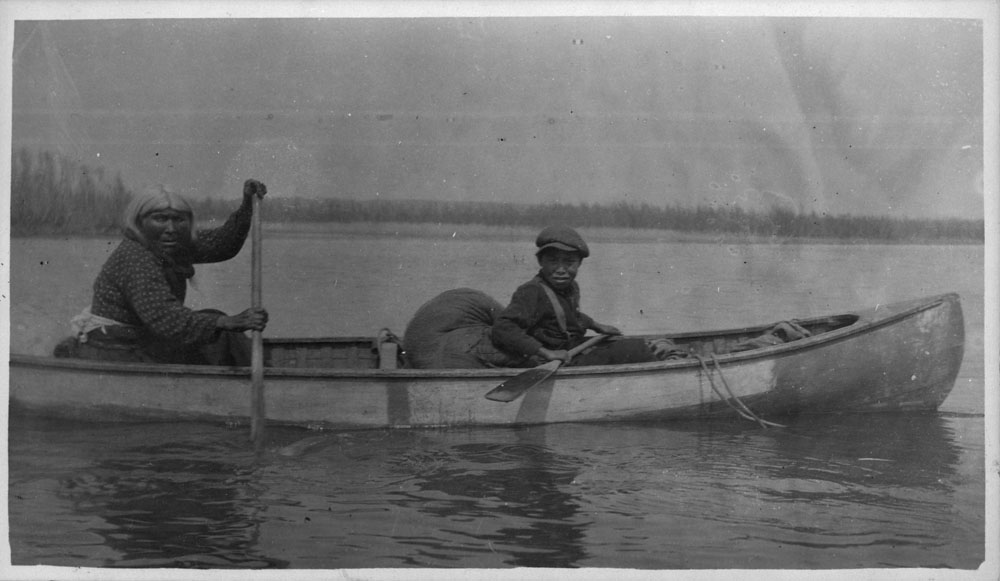|
Nahɂą Dehé Dene Band
The Nahɂą Dehé Dene Band is a Dene First Nations band government in the Northwest Territories. The band inhabits the small community of Nahanni Butte, where 121 of its members live. The remaining 19 band members reside elsewhere. The Nahɂą Dehé belong to the Dehcho First Nations The Dehcho First Nations is a tribal council representing the Dene (South Slavey) and Métis people of the Dehcho Region of the Northwest Territories, Canada. It is made up of ten First Nations bands and two Métis Locals. Membership The Deh Ch .... References First Nations in the Northwest Territories Dene governments {{NorthwestTerritories-stub ... [...More Info...] [...Related Items...] OR: [Wikipedia] [Google] [Baidu] |
Slavey
The Slavey (also Awokanak, Slave, and South Slavey) are a First Nations in Canada, First Nations group of Indigenous peoples in Canada. They speak the Slavey language, a part of the Athabaskan languages. Part of the Dene people, their homelands are in the Great Slave Lake region, in Canada's Northwest Territories, northeastern British Columbia, and northwestern Alberta. Name Cree exonym "slave" ''Slavey'' or just ''Slave'' is a translation of Awokanak, the name given to ''Dene'' by the Cree "who sometimes raided and enslaved their less aggressive northern ". The names of the Slave River, Lesser Slave River, Great Slave Lake, and Lesser Slave Lake all derive from this Cree name. ''Esclaves'' remains incorporated in the French names of these geographical features, since the French traded with the Cree before the English did. The people now called ''Slavey'' in English were not necessarily taken as slaves in that period. Dehcho autonym The name Slavey is seldom used by the people ... [...More Info...] [...Related Items...] OR: [Wikipedia] [Google] [Baidu] |
Nahanni Butte
Nahanni Butte ( ; Slavey language: Tthenáágó "strong rock") is a "Designated Authority" in the Dehcho Region of the Northwest Territories, Canada. The community is located at the confluence of the Liard and South Nahanni Rivers in the southwestern part of the NWT. Although it was not normally accessible by road, a winter road was constructed yearly until an all-season road was completed in October 2010 as far as the Liard River. Access from there is by river taxi in summer and ice road in winter; there are no plans for a vehicle ferry. History Pre-European period The Naha and Kaska Dena roamed the area, for what sources point out to be millennia (allegedely up to 10.000 years ago). Prior to European exposure, the Dene people were highly mobile around the Deh Cho (Mackenzie River) region. Men were mainly hunters, women used to mostly stay at home and do housework. Usually, people would travel in smaller extended-family groups from one place to another, never to settle ... [...More Info...] [...Related Items...] OR: [Wikipedia] [Google] [Baidu] |
Northwest Territories
The Northwest Territories is a federal Provinces and territories of Canada, territory of Canada. At a land area of approximately and a 2021 census population of 41,070, it is the second-largest and the most populous of Provinces and territories of Canada#Territories, the three territories in Northern Canada. Its estimated population as of the first quarter of 2025 is 45,074. Yellowknife is the capital, most populous community, and the only city in the territory; its population was 20,340 as of the 2021 census. It became the territorial capital in 1967, following recommendations by the Carrothers Commission. The Northwest Territories, a portion of the old North-Western Territory, entered the Canadian Confederation on July 15, 1870. At first, it was named the North-West Territories. The name was changed to the present Northwest Territories in 1906. Since 1870, the territory has been divided four times to create new provinces and territories or enlarge existing ones. Its current ... [...More Info...] [...Related Items...] OR: [Wikipedia] [Google] [Baidu] |
Dehcho First Nations
The Dehcho First Nations is a tribal council representing the Dene (South Slavey) and Métis people of the Dehcho Region of the Northwest Territories, Canada. It is made up of ten First Nations bands and two Métis Locals. Membership The Deh Cho First Nations Tribal Council is made up of several First Nations and Métis locals including: Notable members * Dahti Tsetso, environmentalist and educator See also *List of tribal councils in British Columbia The following is a List of tribal councils in British Columbia. Treaty Council organizations are not listed. List of tribal councils Defunct: * Fraser Canyon Indian Administration ( Nlaka'pamux) * In-SHUCK-ch Nation * Tsimshian Tribal Coun ... References External links Dehcho First Nations Politics of the Northwest Territories First Nations in the Northwest Territories Dehcho Region Sahtu Region South Slave Region Dene governments First Nations tribal councils {{FirstNations-stub ... [...More Info...] [...Related Items...] OR: [Wikipedia] [Google] [Baidu] |
Crown–Indigenous Relations And Northern Affairs Canada
Crown''–''Indigenous Relations and Northern Affairs Canada (CIRNAC; )''Crown–Indigenous Relations and Northern Affairs Canada'' is the applied title under the Federal Identity Program; the legal title is Department of Crown''–''Indigenous Relations and Northern Affairs (). is the department of the Government of Canada responsible for Canada's northern lands and territories, and one of two departments with responsibility for policies relating to Indigenous peoples in Canada (the other being the Department of Indigenous Services, or ISC). CIRNAC, along with ISC, were established to replace the Department of Indian Affairs and Northern Development (DIAND). The department is overseen by two cabinet ministers, the Minister of Crown–Indigenous relations (whose portfolio includes treaty rights and land negotiations) and the Minister of Northern Affairs. Its headquarters is in Terrasses de la Chaudière, in downtown Gatineau, Quebec. Nomenclature " First Nation" has ... [...More Info...] [...Related Items...] OR: [Wikipedia] [Google] [Baidu] |
Dene
The Dene people () are an Indigenous group of First Nations who inhabit the northern boreal, subarctic and Arctic regions of Canada. The Dene speak Northern Athabaskan languages and it is the common Athabaskan word for "people". The term ''"Dene"'' has two uses: Most commonly, ''"Dene"'' is used narrowly to refer to the Athabaskan speakers of the Northwest Territories in Canada who form the Dene Nation: the Chipewyan (Denesuline), Tłı̨chǫ (''Dogrib''), Yellowknives (T'atsaot'ine), Slavey (Deh Gah Got'ine or Deh Cho), Sahtu (Sahtúot’ine), and Gwichʼin (Dinjii Zhuh). ''"Dene"'' is sometimes also used to refer to all Northern Athabaskan speakers, who are spread in a wide range all across Alaska and northern Canada. The Dene people are known for their oral storytelling. Location Dene are spread through a wide region. They live in the Mackenzie Valley (south of the Inuvialuit), and can be found west of Nunavut. Their homeland reaches to western Yukon, and ... [...More Info...] [...Related Items...] OR: [Wikipedia] [Google] [Baidu] |
First Nations In Canada
''First Nations'' () is a term used to identify Indigenous peoples in Canada who are neither Inuit nor Métis. Traditionally, First Nations in Canada were peoples who lived south of the tree line, and mainly south of the Arctic Circle. There are 634 recognized List of First Nations band governments, First Nations governments or bands across Canada. Roughly half are located in the provinces of Ontario and British Columbia. Under Canadian Charter of Rights and Freedoms, Charter jurisprudence, First Nations are a "designated group", along with women, Visible minority, visible minorities, and people with physical or mental disabilities. First Nations are not defined as a visible minority by the criteria of Statistics Canada. North American indigenous peoples have cultures spanning thousands of years. Many of their oral traditions accurately describe historical events, such as the 1700 Cascadia earthquake, Cascadia earthquake of 1700 and the 18th-century Tseax Cone eruption. Writ ... [...More Info...] [...Related Items...] OR: [Wikipedia] [Google] [Baidu] |
Band Government
In Canada, an Indian band (), First Nation band () or simply band, is the basic unit of government for those peoples subject to the ''Indian Act'' (i.e. status Indians or First Nations). Bands are typically small groups of people: the largest in the country, the Six Nations of the Grand River First Nation had 22,294 members in September 2005, and many have a membership below 100 people. Each First Nation is typically represented by a band council () chaired by an elected chief, and sometimes also a hereditary chief. As of 2013, there were 614 bands in Canada. Membership in a band is controlled in one of two ways: for most bands, membership is obtained by becoming listed on the Indian Register maintained by the government. As of 2013, there were 253 First Nations which had their own membership criteria, so that not all status Indians are members of a band. Bands can be united into larger regional groupings called tribal councils. A treaty council, or treaty association, has ad ... [...More Info...] [...Related Items...] OR: [Wikipedia] [Google] [Baidu] |
First Nations In The Northwest Territories
First most commonly refers to: * First, the ordinal form of the number 1 First or 1st may also refer to: Acronyms * Faint Images of the Radio Sky at Twenty-Centimeters, an astronomical survey carried out by the Very Large Array * Far Infrared and Sub-millimetre Telescope, of the Herschel Space Observatory * For Inspiration and Recognition of Science and Technology, an international youth organization * Forum of Incident Response and Security Teams, a global forum Arts and entertainment Albums * ''1st'' (album), by Streets, 1983 * ''1ST'' (SixTones album), 2021 * ''First'' (David Gates album), 1973 * ''First'', by Denise Ho, 2001 * ''First'' (O'Bryan album), 2007 * ''First'' (Raymond Lam album), 2011 Extended plays * ''1st'', by The Rasmus, 1995 * ''First'' (Baroness EP), 2004 * ''First'' (Ferlyn G EP), 2015 Songs * "First" (Lindsay Lohan song), 2005 * "First" (Cold War Kids song), 2014 * "First", by Lauren Daigle from the album '' How Can It Be'', 2015 * "First" ... [...More Info...] [...Related Items...] OR: [Wikipedia] [Google] [Baidu] |




